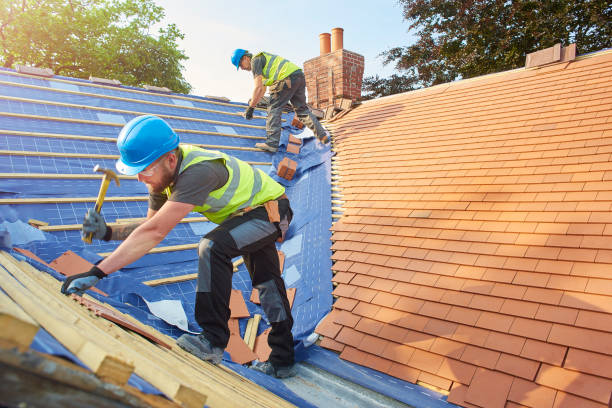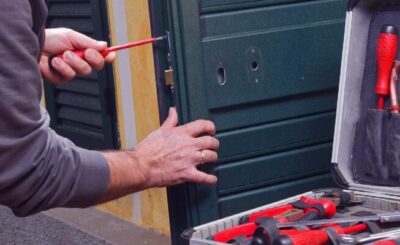You need a new roof and have been considering whether or not to place the new roof over an existing layer of roofing to save some money. This method is quite popular in many regions, and many roofing contractors do not see any issues with it and are happy to try to convince homeowners to use a layover, or go-over, as this method is also known. They are mistaken.
The Top 5 Reasons Why Re-Roofing Is Not A Good Time for A Layover or Go-Over
- It’s not always possible to effectively fix leaky areas
Whether you saw them or not, there is a strong probability that your old roof had some trouble locations, including potential leak spots. It is impossible to know what portions of your roof may need some extra care without pulling off the previous roof, properly identifying these types of trouble places, and figuring out where the leak was coming from and moving to.
- Rotted timber underneath the current roof will only deteriorate
Under the old roofing, there can be places with rotting timber. Before a new roof is put on, these rotting sections need to be found and replaced.
- Eaves, rakes, and valleys require particular care
This is a major issue. When installing the roof on your house, extra care must be paid to the eaves, rakes, and valleys. In colder climates like Massachusetts, where we are, this is extremely crucial.
- Old rafters do not benefit from additional roofing weight
The additional weight of the additional layer of shingles is one of the more evident issues with a lay-over re-roof. This is usually not a problem with contemporary homes, but many older homes have rafters that are too small for today’s frame requirements. On many of these homes, 26 rafter systems are not unusual to see. You should consult expert contractors if you want to build a roof in your house.
- A shorter roof’s lifespan
The majority of trustworthy roofers concur that a layover roof will reduce the lifespan of the new roof by roughly 25%. By itself, this fact indicates that any money you may have saved by choosing to conduct a layover rather than a tear-off and new roof installation was simply a temporary save.














